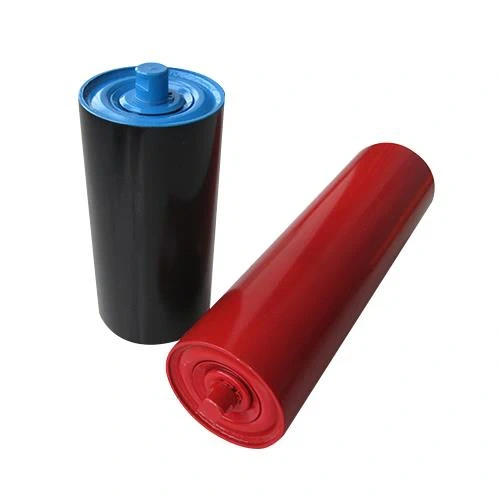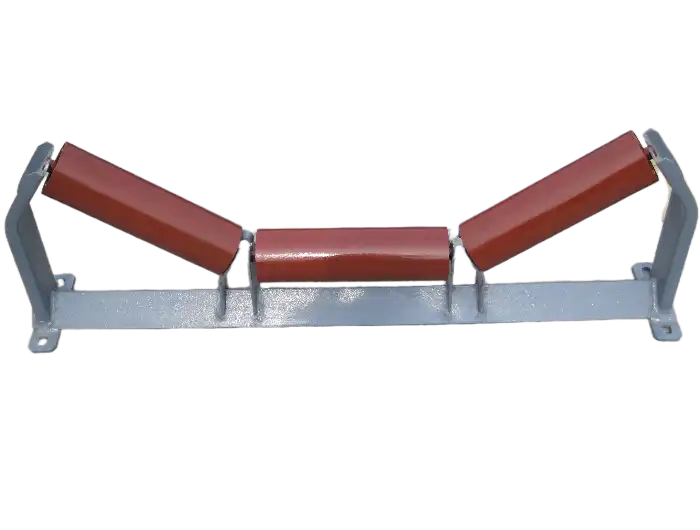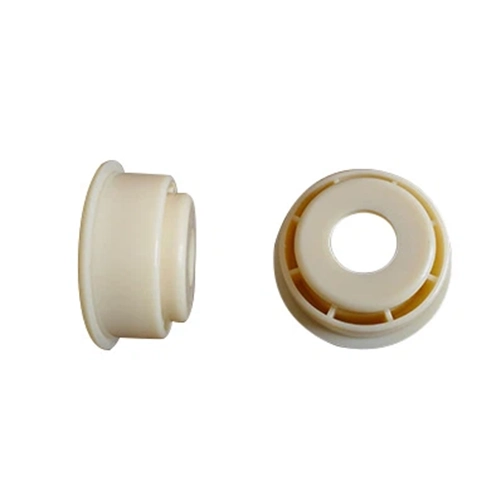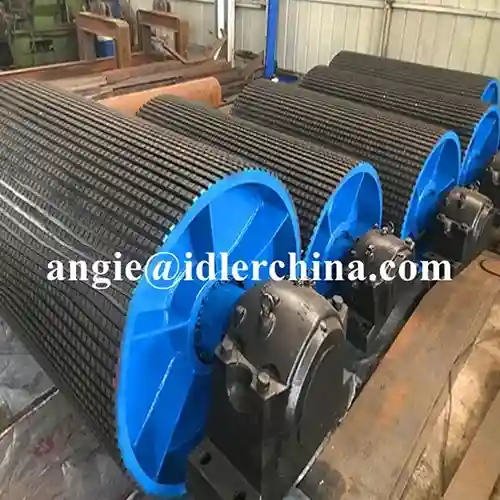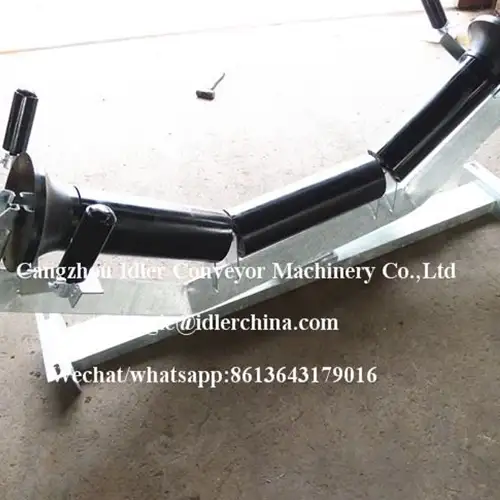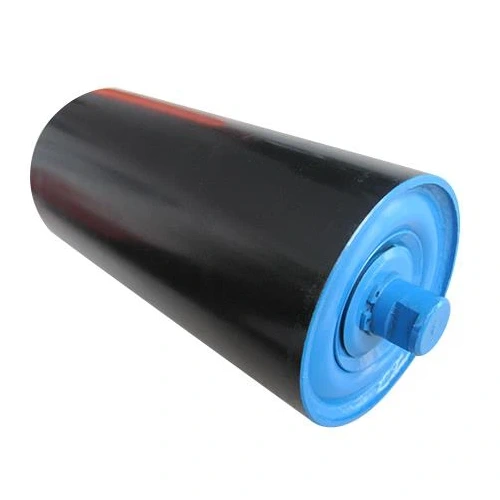- English
- French
- German
- Portuguese
- Spanish
- Russian
- Japanese
- Korean
- Arabic
- Greek
- German
- Turkish
- Italian
- Danish
- Romanian
- Indonesian
- Czech
- Afrikaans
- Swedish
- Polish
- Basque
- Catalan
- Esperanto
- Hindi
- Lao
- Albanian
- Amharic
- Armenian
- Azerbaijani
- Belarusian
- Bengali
- Bosnian
- Bulgarian
- Cebuano
- Chichewa
- Corsican
- Croatian
- Dutch
- Estonian
- Filipino
- Finnish
- Frisian
- Galician
- Georgian
- Gujarati
- Haitian
- Hausa
- Hawaiian
- Hebrew
- Hmong
- Hungarian
- Icelandic
- Igbo
- Javanese
- Kannada
- Kazakh
- Khmer
- Kurdish
- Kyrgyz
- Latin
- Latvian
- Lithuanian
- Luxembou..
- Macedonian
- Malagasy
- Malay
- Malayalam
- Maltese
- Maori
- Marathi
- Mongolian
- Burmese
- Nepali
- Norwegian
- Pashto
- Persian
- Punjabi
- Serbian
- Sesotho
- Sinhala
- Slovak
- Slovenian
- Somali
- Samoan
- Scots Gaelic
- Shona
- Sindhi
- Sundanese
- Swahili
- Tajik
- Tamil
- Telugu
- Thai
- Ukrainian
- Urdu
- Uzbek
- Vietnamese
- Welsh
- Xhosa
- Yiddish
- Yoruba
- Zulu
How to Test Conveyor Pulleys for Durability?
2024-08-14 08:04:54
Conveyor pulleys play a crucial role in the efficient operation of conveyor systems across various industries. Ensuring their durability is essential for maintaining productivity and minimizing downtime. This blog will explore effective methods to test Conveyor Pulley Assemblies for durability, providing valuable insights for manufacturers, maintenance professionals, and engineers alike.
What are the key factors affecting conveyor pulley durability?
Conveyor pulley durability is influenced by a multitude of factors, each playing a significant role in determining the overall lifespan and performance of these critical components. Understanding these factors is essential for developing effective testing methodologies and implementing proper maintenance strategies.
Material composition is one of the primary factors affecting pulley durability. The choice of materials used in manufacturing pulleys, such as steel, rubber, or composite materials, directly impacts their resistance to wear, corrosion, and fatigue. High-quality materials with superior mechanical properties tend to offer better durability and longevity.
Environmental conditions also play a crucial role in pulley durability. Factors such as temperature, humidity, and exposure to corrosive substances can significantly affect the pulley's performance and lifespan. Pulleys operating in harsh environments, such as mining or chemical processing facilities, may require specialized materials or protective coatings to withstand the challenging conditions.
The load and stress distribution on the pulley is another critical factor. Uneven load distribution can lead to premature wear, deformation, or failure of the pulley. Proper alignment and tensioning of the conveyor belt are essential to ensure even load distribution and minimize stress concentrations.
Operational parameters, including belt speed, tension, and frequency of use, also impact pulley durability. Higher speeds and tensions can increase wear and stress on the pulley, potentially reducing its lifespan. Regular operation at or near maximum capacity can accelerate wear and fatigue, necessitating more frequent inspections and maintenance.
The design and manufacturing quality of the pulley itself are crucial factors. Well-designed pulleys with appropriate dimensions, proper balancing, and high manufacturing standards tend to offer better durability and performance. Factors such as surface finish, welding quality, and overall structural integrity contribute to the pulley's ability to withstand operational stresses.
Lastly, the interaction between the pulley and other conveyor components, such as the belt and idlers, can affect durability. Misalignment, improper belt tracking, or issues with adjacent components can lead to increased wear and stress on the pulley.
By considering these key factors, engineers and maintenance professionals can develop comprehensive testing protocols and implement effective strategies to enhance Lightweight Plastic Conveyor Pulleys durability. This holistic approach ensures that all aspects affecting pulley performance are addressed, leading to improved reliability and longevity of conveyor systems.
How can you perform non-destructive testing on conveyor pulleys?
Non-destructive testing (NDT) is a crucial aspect of evaluating conveyor pulley durability without compromising the integrity of the component. These methods allow for thorough inspection and analysis of pulleys while keeping them intact and operational. Implementing a comprehensive NDT program can significantly enhance the reliability and longevity of conveyor systems.
Visual inspection is the most basic yet essential form of non-destructive testing for Conveyor Pulley Assemblies. This method involves a thorough examination of the pulley's surface for visible signs of wear, damage, or deformation. Inspectors look for cracks, dents, uneven wear patterns, and any other anomalies that may indicate potential issues. While visual inspection can be effective in identifying surface-level problems, it may not detect internal defects or early-stage fatigue.
Ultrasonic testing is a widely used NDT method for conveyor pulleys. This technique utilizes high-frequency sound waves to detect internal flaws, cracks, or discontinuities within the pulley structure. Ultrasonic testing can provide valuable information about the internal condition of the pulley, including wall thickness measurements and the presence of hidden defects. This method is particularly useful for identifying issues that may not be visible on the surface, such as internal corrosion or fatigue cracks Magnetic particle inspection (MPI) is another effective NDT method for ferromagnetic materials like steel pulleys. This technique involves magnetizing the pulley and applying magnetic particles to its surface. Any surface or near-surface discontinuities will disrupt the magnetic field, causing the particles to accumulate and reveal the defect. MPI is particularly useful for detecting surface and subsurface cracks, seams, and other linear discontinuities.
Acoustic emission testing is a dynamic NDT method that can be used to monitor pulleys during operation. This technique detects and analyzes stress waves generated by growing defects or structural changes within the pulley. Acoustic emission testing can provide real-time information about the pulley's condition and help identify developing issues before they lead to failure.
Thermography, or infrared imaging, can be used to detect temperature variations in operating pulleys. Abnormal heat patterns may indicate issues such as misalignment, bearing problems, or excessive friction. This non-contact method allows for quick and efficient inspection of multiple pulleys without interrupting operation.
Vibration analysis is another valuable NDT technique for assessing pulley condition during operation. By measuring and analyzing vibration patterns, technicians can identify issues such as imbalance, misalignment, or bearing problems. Regular vibration monitoring can help detect developing issues early, allowing for timely maintenance interventions.
What are the best practices for conducting accelerated life testing on pulleys?
Accelerated life testing (ALT) is a valuable technique for evaluating the durability and long-term performance of Conveyor Pulley Assemblies in a compressed timeframe. This method subjects pulleys to intensified stress conditions to simulate long-term wear and identify potential failure modes more quickly than real-time testing. Implementing best practices for ALT ensures reliable results and valuable insights for improving pulley design and maintenance strategies.
One of the primary considerations in accelerated life testing is the selection of appropriate stress factors. For conveyor pulleys, these may include increased load, higher rotational speed, elevated temperature, or exposure to corrosive environments. It's crucial to choose stress factors that accurately represent the actual operating conditions while accelerating the aging process. The key is to intensify the stresses without introducing failure modes that wouldn't occur under normal operating conditions.
Designing a comprehensive test plan is essential for effective ALT. This plan should clearly define the objectives of the test, the stress factors to be applied, the duration of the test, and the criteria for evaluating pulley performance. The test plan should also include detailed procedures for data collection, analysis, and interpretation.
Proper sample selection is critical for obtaining representative results. The test samples should be randomly selected from production batches and should accurately represent the pulleys used in actual applications. It's important to include a sufficient number of samples to account for variability and ensure statistical significance in the results.
Establishing a baseline performance benchmark is an important step before beginning accelerated testing. This involves thoroughly documenting the initial condition of the pulleys, including dimensions, surface finish, and any pre-existing characteristics. This baseline data serves as a reference point for evaluating changes and degradation throughout the testing process.
Conclusion
Testing Lightweight Plastic Conveyor Pulleys for durability is a multifaceted process that requires a comprehensive approach. By understanding the key factors affecting pulley durability, implementing effective non-destructive testing methods, and conducting well-designed accelerated life tests, companies can significantly enhance the reliability and longevity of their conveyor systems. These strategies not only help in predicting and preventing failures but also contribute to optimizing pulley design and maintenance practices. As conveyor technology continues to evolve, ongoing research and development in testing methodologies will play a crucial role in ensuring the durability and efficiency of these essential components in industrial operations.
References
1. Smith, J.R. (2019). "Advanced Non-Destructive Testing Techniques for Conveyor Components." Journal of Industrial Maintenance & Testing, 45(3), 278-295.
2. Johnson, L.M. & Thompson, R.K. (2020). "Accelerated Life Testing Methodologies for Conveyor Pulleys: A Comprehensive Review." International Journal of Reliability Engineering, 18(2), 112-130.
3. Brown, A.C., et al. (2018). "Factors Influencing Conveyor Pulley Durability in Mining Applications." Mining Engineering Quarterly, 62(4), 401-418.
4. Davis, E.S. (2021). "Predictive Maintenance Strategies for Conveyor Systems: Integrating NDT and Condition Monitoring." Reliability and Maintenance Engineering Review, 33(1), 55-72.
5. Wilson, P.T. & Lee, K.H. (2017). "Material Selection and Design Optimization for Enhanced Conveyor Pulley Durability." Journal of Materials Engineering and Performance, 26(8), 3892-3907.
6. Martinez, R.A., et al. (2022). "Innovative Approaches to Conveyor Pulley Testing: Combining Virtual Simulations with Physical Experiments." Industrial Systems Engineering and Management, 40(2), 215-233.
